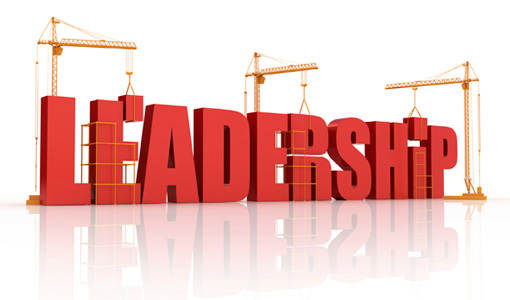Leadership Definition
The majority of authors do acknowledge that “there are almost as many different definitions of leadership as there are people who have tried to define it” (Northouse, 2010, p.2).
Nevertheless, one of the most popular definitions of leadership has been proposed as “the influencing process of leaders and followers to achieve organisational objectives through change” (Lussier and Achua, 2010, p.6).
More straightforward definition of leadership can be worded as “the ability to guide others, whether they are colleagues, peers, clients, or patients, toward desired outcomes” (Marshall, 2011, p.2). Leaders have been explained as “people who have a clear idea of what they want to achieve and why” (Doyle and Smith, 2009, p.1).
The term of leadership can also be defined as an activity or the ability of leading people towards the achievement of a common goal (Gold et al., 2010).
Leadership definitions are divided by Northouse (2010) into two categories: trait and process. The following figure illustrates the nature of the impact of leaders on followers according these two alternative categories of definitions:
Trait and Process definitions of leadership
Source: Northouse (2010)
The definition of strategic leadership read as “behaviour that depends on combining perceptions of threats opportunities, cognitions, analyses, and risk preferences” (Bass and Bass, 2008, p.43).
A related term, ‘charisma’ has been defined by The Free Dictionary (2012) as a rare personal quality attributed to leaders who arose fervent popular devotion and enthusiasm.
Additional alternatives of leadership definition
- “the ability to inspire confidence in and support among the people who are needed to achieve organisational goals” (DuBrin, 2012, p.28).
- “the discipline of deliberately exerting special influence within a group to move it toward goals of beneficial permanence that fulfil the group’s real needs” (Haggai, 2009, p.20)
- “an influence relationship among leaders and followers who intend real changes and outcomes that reflect their shared purposes” (Daft and Lane, 2008, p.4)
- “combination of characteristics or personality traits in an individual that compels that person to inspire others to achieve goals that, without the leader’s motivation, would not normally be accomplished” (Bertocci and Bertocci, 2009, p.7)
- “the activity of leading a group of people or an organisation, or the ability to do this” (Business Dictionary, 2012, online)
References
Bass, B.M. & Bass, R. (2008) “The Bass Handbook of Leadership: Theory, Research, and Managerial Applications” Simon & Schuster
Bertocci, D, I. & Bertocci, D.L. (2009) “Leadership in Organisations: There is a Difference Between Leaders and Managers” University Press of America
Daft, R.L. & Lane, P.G. (2008) “The Leadership Experience” 4th edition, Cengage Learning
Doyle, C. (2003) “Work and Organisational Psychology: An Introduction with Attitude” Psychology Press
DuBrin, A.J. (2012) “Leadership: Research Findings, Practice, and Skills” 7th edition, Cengage Learning
Gold, J., Thorpe, R. & Mumford, A. (2010) “Handbook of leadership and management development” Gower Publishing
Haggai, J.E. (2009) “The Influential Leader: 12 Steps to Igniting Visionary Decision Making” Harvest House Publishers
Leadership (2012) Business Dictionary, Available at: http://www.businessdictionary.com/definition/leadership.html
Lussier, R.N. & Achua, C.F. (2010) “Leadership: Theory, Application, & Skill Development” 4th edition, Cengage Learning
Marshall, E. (2011) “Transformational Leadership in Nursing: From Expert Clinician to Influential Leader” Springer Publishing Company
Northouse, P.G. (2010) “Leadership: Theory and Practice” 5th edition, SAGE
Shriberg, A. (2010) “Practicing Leadership: Principles and Applications”, 4th edition, John Wiley & Sons


